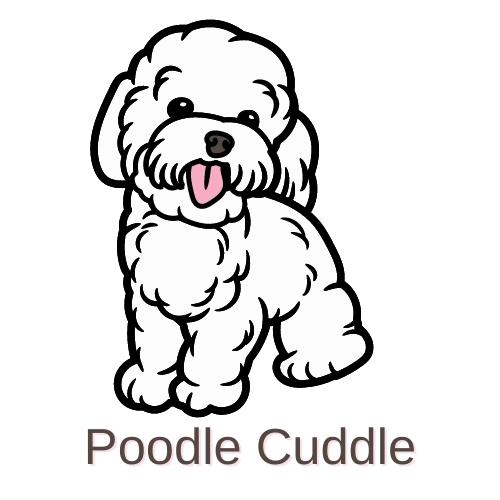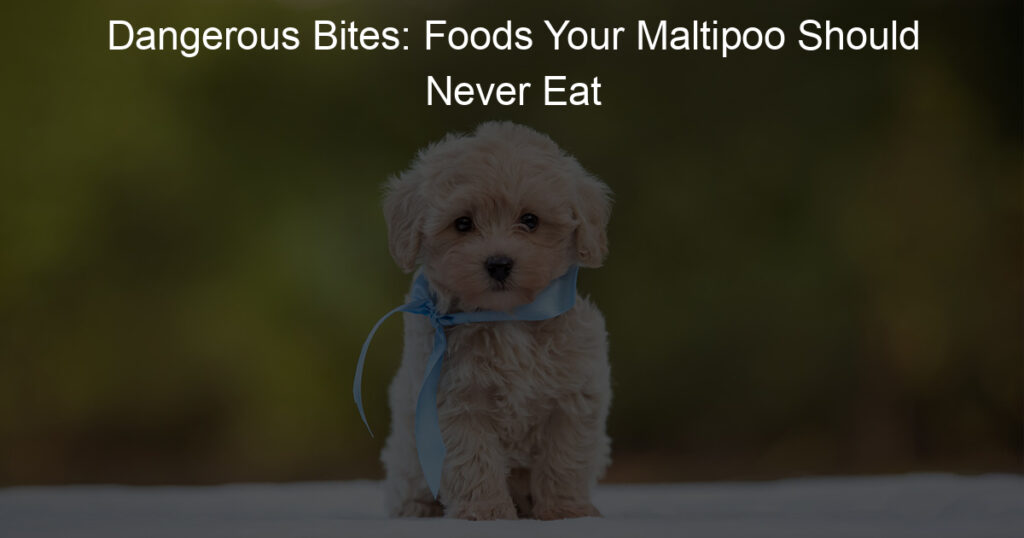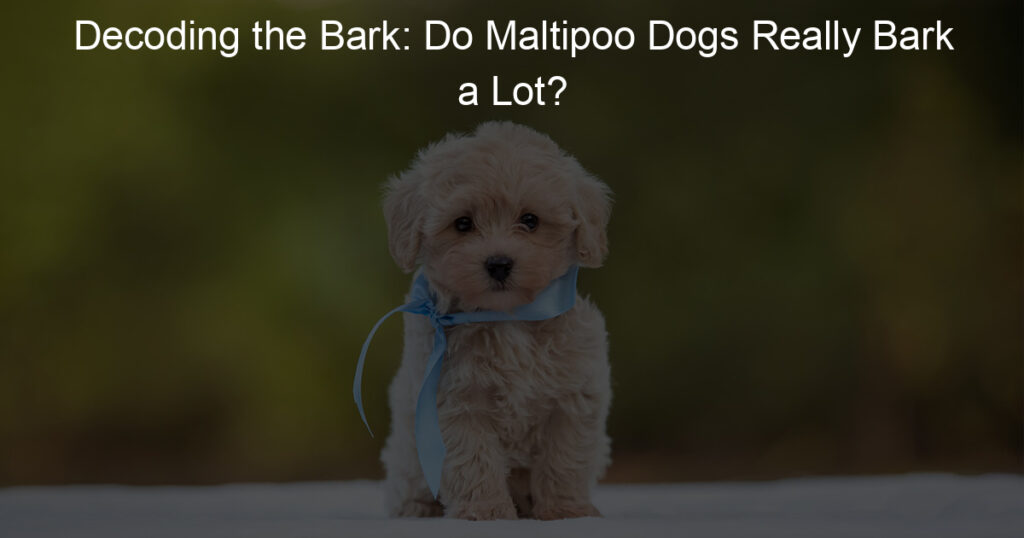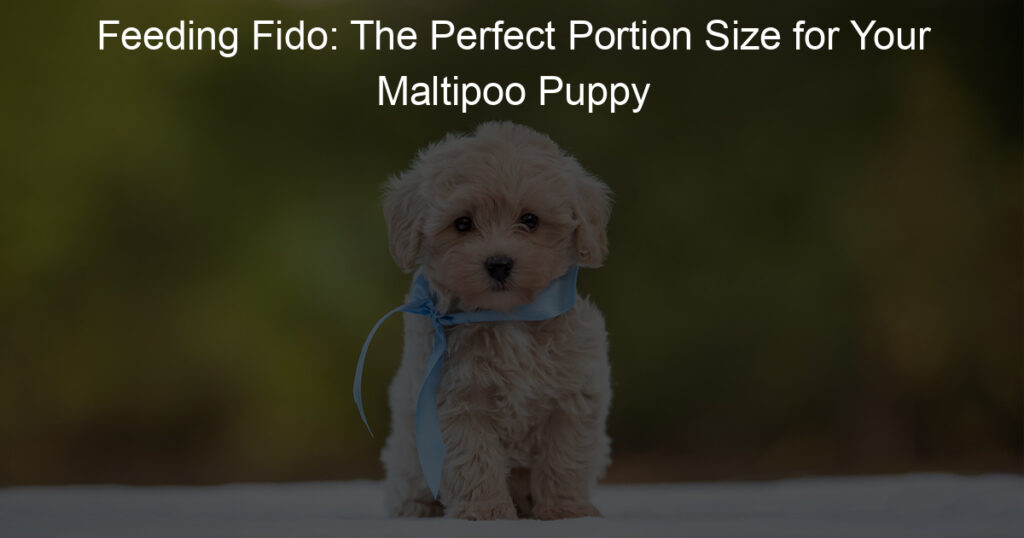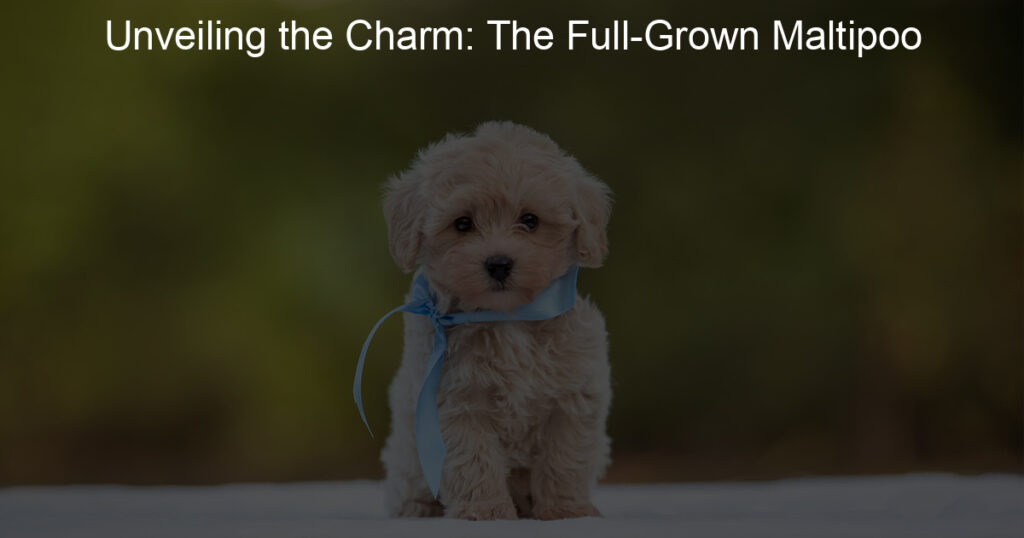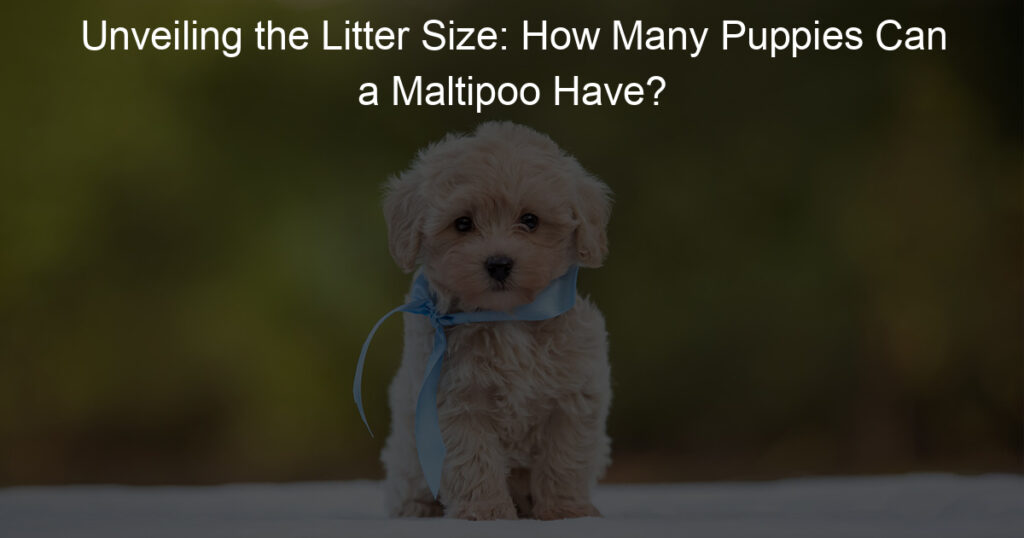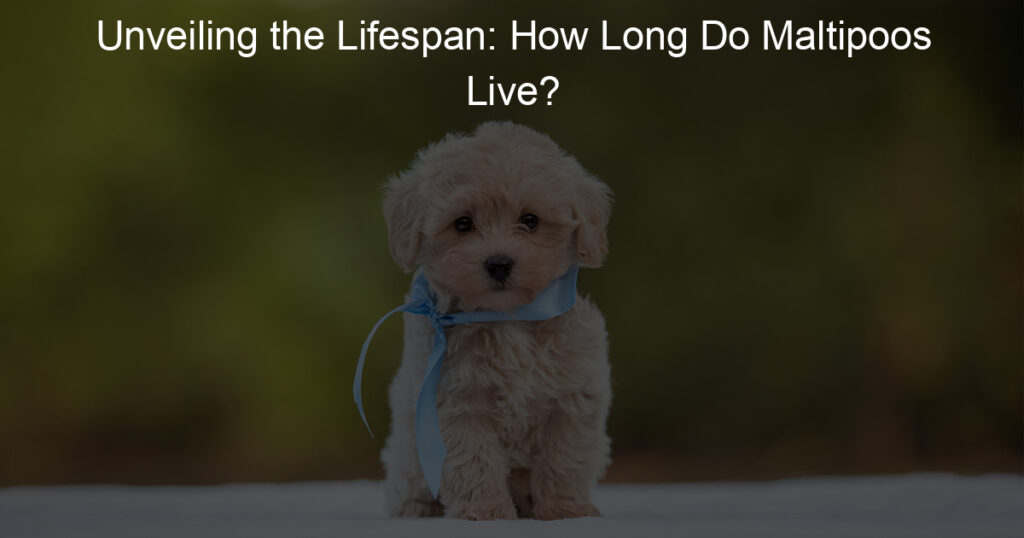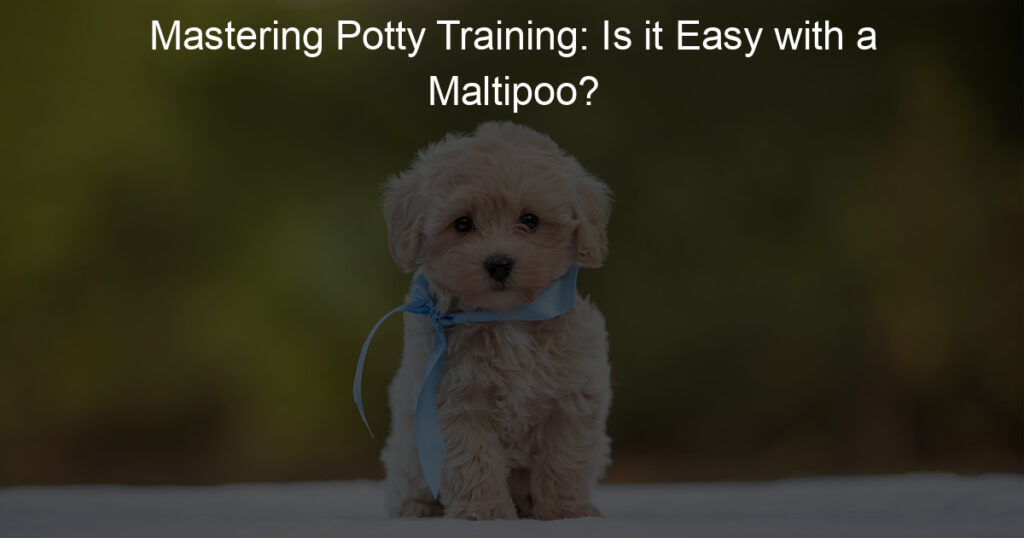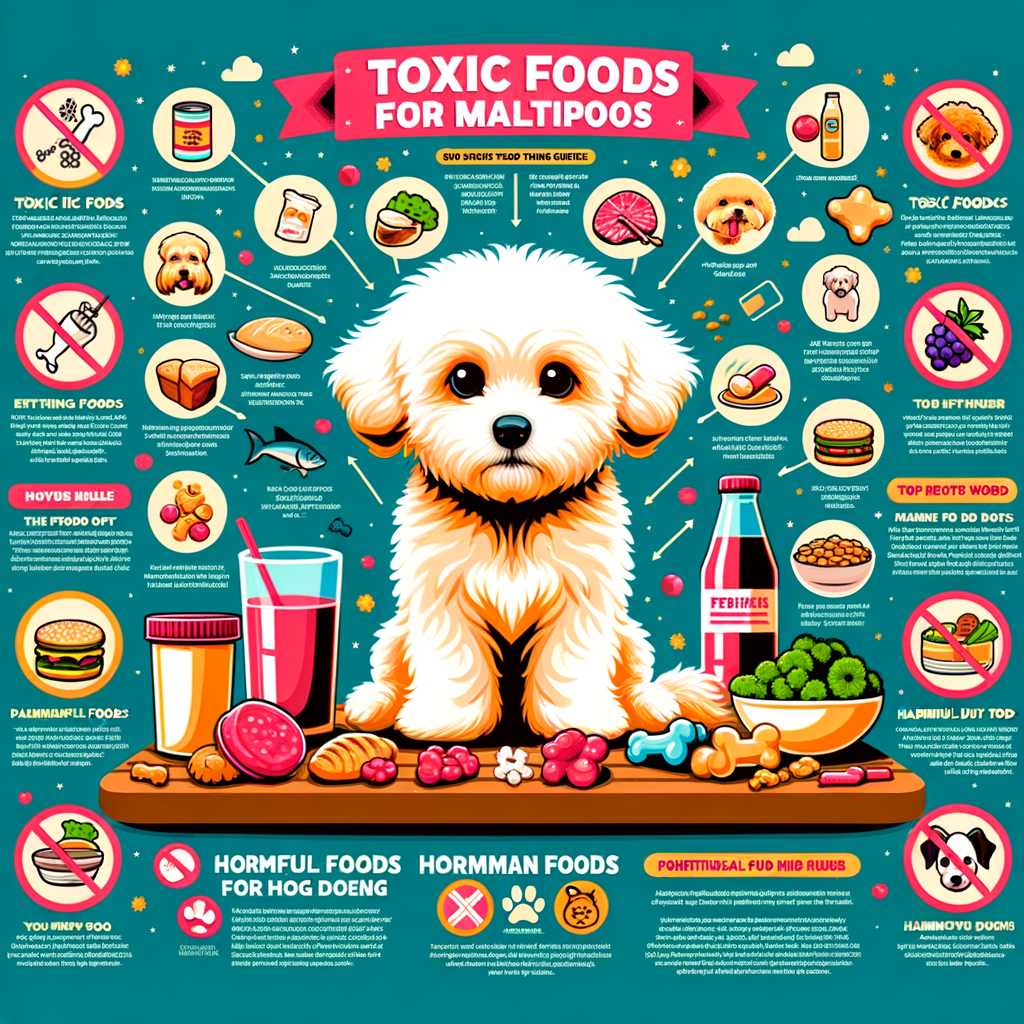
Introduction to Maltipoo Diet
Feeding your Maltipoo properly is one of the most important aspects of ensuring their health and happiness. A balanced diet is crucial for this adorable breed. Let’s dive into the basics of a Maltipoo diet and understand why balanced nutrition is so important.
- Understanding the basics of a Maltipoo diet
- Importance of balanced nutrition for Maltipoos
A Maltipoo is a crossbreed between a Maltese and a Poodle. This breed is known for its playful nature and loving personality. But, like all dogs, Maltipoos have specific dietary needs. They require a diet rich in proteins, carbohydrates, fats, vitamins, and minerals. The diet should be balanced and not overly reliant on any one nutrient. It’s also essential to feed your Maltipoo the right amount of food. Overfeeding can lead to obesity, which can cause a host of health problems.
Providing your Maltipoo with a balanced diet is not just about keeping them full. It’s about ensuring they get all the nutrients they need for their overall health. A balanced diet helps maintain their energy levels, supports their immune system, and keeps their coat shiny and healthy. It also helps prevent health issues such as obesity, heart disease, and joint problems. Remember, a healthy Maltipoo is a happy Maltipoo!
In the following sections, we will delve deeper into common health issues related to diet, toxic and dangerous foods for Maltipoos, and provide a comprehensive feeding guide. Stay tuned to ensure you’re providing the best diet for your furry friend.
Common Maltipoo Health Issues Related to Diet
One of the key factors in maintaining your Maltipoo’s health is their diet. A balanced diet can help prevent numerous health issues. However, an improper diet can lead to various health problems, including obesity.
Obesity in Maltipoos
Obesity is a common health issue in Maltipoos, and it’s often related to their diet. Let’s explore the causes and health risks associated with obesity in these adorable dogs.
- Causes of obesity in Maltipoos
- Health risks associated with obesity
Obesity in Maltipoos is primarily caused by overeating and lack of exercise. Maltipoos love to eat, and if they’re fed too much or given too many treats, they can quickly put on weight. Additionally, if they don’t get enough physical activity, they won’t burn off the calories they consume, leading to weight gain.
Obesity in Maltipoos can lead to various health problems. These include heart disease, diabetes, joint problems, and a decreased lifespan. It’s crucial to keep your Maltipoo at a healthy weight to prevent these issues.
Remember, a healthy diet and regular exercise are key to preventing obesity in your Maltipoo. Always consult with your vet to determine the best diet and exercise plan for your furry friend.
Dental Problems
Just like humans, Maltipoos can also experience dental problems. These issues can be influenced by various factors, including their diet. Let’s delve into how diet can affect dental health in Maltipoos and what preventive measures can be taken to avoid these issues.
- How diet can affect dental health in Maltipoos
- Preventive measures for dental issues
The food your Maltipoo eats can have a significant impact on their dental health. For instance, a diet high in sugar and carbohydrates can lead to tooth decay and gum disease. This is because bacteria in the mouth feed on these sugars, producing acids that can erode the tooth enamel and inflame the gums. On the other hand, a balanced diet rich in nutrients like calcium and phosphorus can help strengthen your Maltipoo’s teeth and gums, reducing the risk of dental problems.
There are several steps you can take to help prevent dental problems in your Maltipoo. Firstly, provide them with a balanced diet that is low in sugar and high in essential nutrients. Regularly brushing your Maltipoo’s teeth can also help remove plaque and prevent tartar buildup. Giving your Maltipoo dental chews can also help clean their teeth and freshen their breath. Lastly, regular veterinary check-ups can help detect any dental issues early and prevent them from worsening.
Remember, a healthy diet is not just about maintaining your Maltipoo’s weight and overall health, but it also plays a crucial role in their dental health. By understanding the link between diet and dental health and taking the necessary preventive measures, you can help ensure your Maltipoo has a healthy and happy life.
Toxic Foods for Maltipoos
While Maltipoos are known for their playful and friendly nature, they also have specific dietary needs. There are certain foods that are toxic to these adorable creatures. It’s important to know what these are to ensure the health and safety of your furry friend.
Human Foods Bad for Maltipoos
Some foods that we humans enjoy can be harmful, or even deadly, to Maltipoos. Here are some of the most common ones:
- Chocolate and caffeine: Both chocolate and caffeine contain substances that are toxic to dogs. They can cause vomiting, diarrhea, rapid breathing, increased heart rate, and seizures. In severe cases, they can even be fatal.
- Onions and garlic: These common kitchen ingredients can cause damage to a dog’s red blood cells, leading to anemia. This is true for all forms of onions and garlic, including powdered, raw, cooked, and dehydrated.
- Alcohol: Alcohol has the same effect on a dog’s liver and brain that it has on humans. But it takes far less to do its damage. Just a little can cause vomiting, diarrhea, central nervous system depression, problems with coordination, difficulty breathing, coma, and even death.
- Grapes and raisins: Grapes and raisins can cause kidney failure in dogs. And just a small amount can make a dog sick. Repeated vomiting and hyperactivity are early signs.
It’s crucial to keep these foods out of your Maltipoo’s reach. If you suspect your pet has ingested any of these, contact your vet immediately.
Remember, a healthy Maltipoo is a happy Maltipoo. By being aware of the toxic foods for your pet, you’re taking a big step in ensuring their health and happiness.
Dangerous Foods for Maltipoos
As a Maltipoo owner, it’s crucial to understand that not all foods are safe for your furry friend. Certain foods, especially processed ones, can be harmful and even dangerous to your Maltipoo’s health.
Processed Foods
Processed foods are a common part of many human diets, but they can be harmful to Maltipoos. Let’s delve into why these foods are dangerous and some examples to avoid.
- Why processed foods are harmful for Maltipoos
- Examples of processed foods to avoid
- Processed meats, such as sausages, hot dogs, and deli meats
- Pre-packaged meals and snacks
- Canned foods with high sodium content
- Chocolates and sweets
- Any food containing artificial sweeteners, especially xylitol
Processed foods often contain artificial colors, preservatives, and flavors that can be harmful to Maltipoos. They also tend to be high in salt and sugar, which can lead to obesity, heart disease, and diabetes in dogs. Furthermore, some processed foods may contain ingredients that are toxic to dogs, such as onions, garlic, and certain types of nuts.
There are many processed foods that you should avoid giving to your Maltipoo. These include:
Remember, a healthy Maltipoo is a happy Maltipoo. Always check the ingredients of any food you plan to give your pet, and when in doubt, stick to dog-safe foods or consult with your vet.
High Fat Foods
Feeding your Maltipoo high fat foods can lead to various health issues. It’s essential to understand the risks and know which foods to avoid to ensure your pet’s health and longevity.
- Health Risks Associated with High Fat Foods
- Examples of High Fat Foods to Avoid
High fat foods can pose significant health risks to your Maltipoo. These foods can lead to obesity, which in turn can cause a host of other problems like heart disease, diabetes, and joint issues. According to a study by the Association for Pet Obesity Prevention, over 55% of dogs are classified as overweight or obese. This alarming statistic shows the importance of a balanced diet for your pet.
There are several high fat foods that you should avoid feeding your Maltipoo. These include:
| Food | Fat Content |
|---|---|
| Butter and Margarine | High |
| Fried Foods | High |
| Full Fat Dairy Products | High |
| Certain Cuts of Meat | High |
| Nuts and Seeds | High |
Remember, while some of these foods may be healthy for humans in moderation, they can be harmful to your Maltipoo due to their high fat content.
In conclusion, it’s crucial to monitor your Maltipoo’s diet and avoid high fat foods. A balanced diet will help ensure your pet’s health and happiness.
Maltipoo Feeding Guide
Feeding your Maltipoo properly is crucial to their health and happiness. In this guide, we will discuss what not to feed your Maltipoo and provide alternatives for common harmful foods.
What Not to Feed Maltipoos
While Maltipoos are known for their playful and friendly nature, they can be quite sensitive when it comes to their diet. Certain foods can be harmful, causing health issues such as vomiting, diarrhea, and even more serious conditions.
- Comprehensive list of foods to avoid
- Chocolate: This can cause heart problems, seizures, and even death.
- Onions and Garlic: These can damage a dog’s red blood cells, leading to anemia.
- Grapes and Raisins: These can cause kidney failure in dogs.
- Alcohol: Even small amounts can cause significant damage to a dog’s liver and brain.
- Caffeine: This can be fatal to dogs, and there is no antidote.
- Xylitol: This sweetener can cause insulin release, which can lead to liver failure.
- Alternatives for common harmful foods
- Instead of chocolate, try dog-friendly treats that are made without theobromine.
- Instead of onions and garlic, try vegetables like carrots and peas.
- Instead of grapes and raisins, try apples (without the seeds) or bananas.
- Instead of alcohol, provide your dog with plenty of fresh water.
- Instead of caffeine, try dog-friendly herbal teas.
- Instead of xylitol, use treats made with natural sweeteners like honey or molasses.
Here are some foods that you should never feed your Maltipoo:
While it’s important to know what not to feed your Maltipoo, it’s equally important to know what you can feed them. Here are some alternatives to the harmful foods listed above:
Remember, every dog is unique and may have different dietary needs and restrictions. Always consult with your vet before introducing new foods into your Maltipoo’s diet.
Maltipoo Nutrition Tips
Feeding your Maltipoo properly is crucial for their health and happiness. Here are some essential tips to ensure your furry friend gets the nutrition they need.
- How to ensure a balanced diet for your Maltipoo
- Recommended portion sizes
- Frequency of meals
A balanced diet for your Maltipoo should include high-quality protein, carbohydrates, fats, vitamins, and minerals. Protein helps build strong muscles, while carbohydrates provide energy. Fats are essential for skin and coat health, and vitamins and minerals support overall health. Always choose dog food that is specifically formulated for small breeds. Remember, treats should only make up 10% of your Maltipoo’s daily calorie intake.
Portion sizes can vary depending on your Maltipoo’s age, size, and activity level. Generally, an adult Maltipoo should eat about 1/4 to 1/2 cup of dog food per meal. Puppies require more frequent feedings of smaller portions. Always refer to the feeding guidelines on your dog food package and consult with your vet if you have any concerns.
For Maltipoo puppies, it’s recommended to feed them 3 to 4 times a day. Once your Maltipoo reaches adulthood, you can reduce feeding to twice a day. Regular feeding times can help regulate your dog’s digestion and prevent overeating.
Remember, every Maltipoo is unique and may have different nutritional needs. Always consult with your vet to create the best diet plan for your Maltipoo.
Food Safety for Maltipoos
Ensuring that your Maltipoo consumes safe and healthy food is of utmost importance. This section will guide you through safe food handling practices and the importance of regular vet check-ups.
- Safe food handling practices
When it comes to feeding your Maltipoo, safety should be your top priority. Here are some key points to remember:
- Always wash your hands before and after handling your pet’s food. This helps to prevent the spread of bacteria and other harmful pathogens.
- Store pet food in a cool, dry place. This helps to maintain its freshness and nutritional value.
- Never feed your pet food that has expired or looks or smells unusual. When in doubt, throw it out!
- Use clean dishes for your pet’s food and water. Regularly wash these dishes to prevent the buildup of bacteria.
By following these simple steps, you can ensure that your Maltipoo’s food is safe and healthy.
- Importance of regular vet check-ups
Regular vet check-ups are crucial for your Maltipoo’s health. These check-ups allow your vet to monitor your pet’s health and detect any potential issues early. Here’s why they’re so important:
- Vets can provide professional advice on your Maltipoo’s diet, helping you to choose the right food and portions for your pet.
- Regular check-ups allow vets to monitor your pet’s weight, preventing obesity and related health issues.
- Vets can detect early signs of diseases or health issues, allowing for early treatment and better outcomes.
Remember, prevention is always better than cure. Regular vet check-ups are an essential part of keeping your Maltipoo healthy and happy.
Conclusion: Ensuring a Healthy Diet for Your Maltipoo
In this article, we’ve covered a lot of ground regarding the diet of your Maltipoo. We’ve discussed the common health issues related to diet, toxic and dangerous foods, feeding guidelines, and food safety. Now, let’s wrap up with a summary of the key takeaways and the importance of being aware and vigilant when feeding your Maltipoo.
- Summary of Key Takeaways
- Importance of Awareness and Vigilance in Feeding Your Maltipoo
First and foremost, remember that a balanced diet is crucial for your Maltipoo’s health. This includes a mix of proteins, carbohydrates, fats, vitamins, and minerals. Avoid foods that are toxic or dangerous to your Maltipoo, such as chocolate, grapes, and onions. Follow a feeding guide that suits your Maltipoo’s age, size, and activity level. Lastly, always prioritize food safety. This means storing food properly and keeping your Maltipoo’s feeding area clean.
Being aware and vigilant about your Maltipoo’s diet is not just about knowing what to feed them. It’s also about observing their eating habits and reactions to certain foods. If your Maltipoo shows signs of discomfort, allergies, or illness after eating, it’s important to consult with a vet immediately. Regular check-ups can also help monitor your Maltipoo’s health and adjust their diet as needed.
Remember, a healthy Maltipoo is a happy Maltipoo. By ensuring a balanced diet and being vigilant about their eating habits, you can help your Maltipoo live a long, healthy, and happy life.
